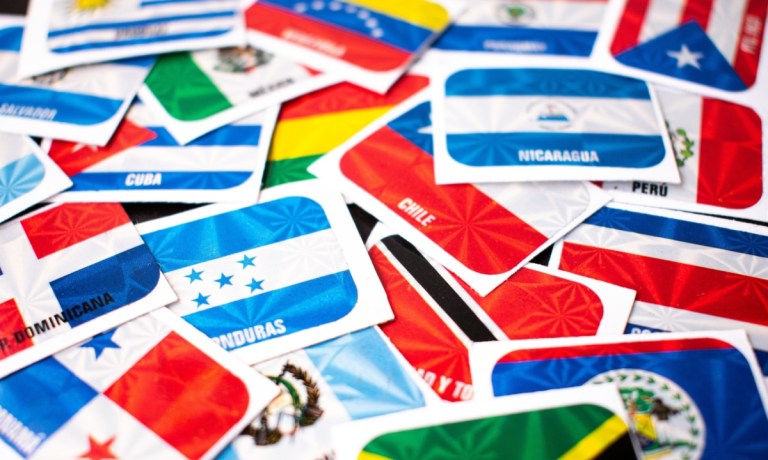
Digitally savvy, younger consumers with mobile devices in hand.
Underbanked and even unbanked populations ripe for financial inclusion.
A regulatory environment conducive to digital innovation.
It comes as no surprise, given the above statements, that Latin America would prove to be a key target for FinTechs seeking to transform financial services.
Among just two recent examples:
Earlier this month, Mercado Pago, which operates as the FinTech unit of Mercado Libre, the eCommerce platform, applied for a banking license in Mexico.
The move comes after the company said in a statement dating back to May that it would seek to become the largest digital bank in Mexico once that license was in place, coming after a period, where, as the company said, with “two years of successful operation as an Electronic Payment Funds Institution (IFPE), which saw its user base quintuple and become one of the leading digital accounts in Mexico … our millions of users see us as their digital bank.”
Currently Mercado Pago offers Mastercard debit cards and Visa credit cards, provides daily yield rates on the available balance in the digital account, and offers personal loans and financing for SMEs. The company also has made progress in digitizing cash, “with over 10,000 partner establishments for deposits and withdrawals, which is crucial in a country with high cash usage,” the company said in its statement.
Elsewhere, as PYMNTS reported last week, Nasdaq is providing its AxiomSL regulatory reporting tool to Nubank, the region’s digital banking giant.
“The agreement extends Nasdaq’s existing partnership with Nubank, which includes providing the technology that underpins the bank’s treasury function — managing its fixed income and money market operations — and now the bank’s regulatory reporting obligations in Colombia,” according to the announcement. The arrangement also reflects rising demand in Latin America for third-party FinTech solutions as digital banking grows more popular, according to the release.
Brazil stands out here as an example of LatAm’s appeal, given the fact that, as PYMNTS has reported, two-thirds of consumers own smartphones, the average sample age is 42, lower than the roughly 48 we estimated across 11 countries, and 39% are millennials, as compared to the overall average of 29%. Brazil had the highest number of activity days, at 361 (12 activities per day) as a measure of digital engagement, and 63% of consumers engage in mobile banking at least weekly.
In a separate report published in June, the IDB said that overall, the FinTech ecosystem in Latin America experienced 340% growth as measured in the 2017 to 2023 time frame, with more than 3,000 FinTechs across roughly two dozen countries.
Brazil and Mexico and Colombia account for 57% of those companies. “Brazil continues to be the country in the region with the highest number of FinTech startups, with 24% of the total. Mexico follows with 20%,” wrote the IDB, adding, “The leading segments in terms of the number of platforms in the region continue to be payments and remittances, with 21% of the total companies, loans with 19%, and corporate finance management with 13%.”